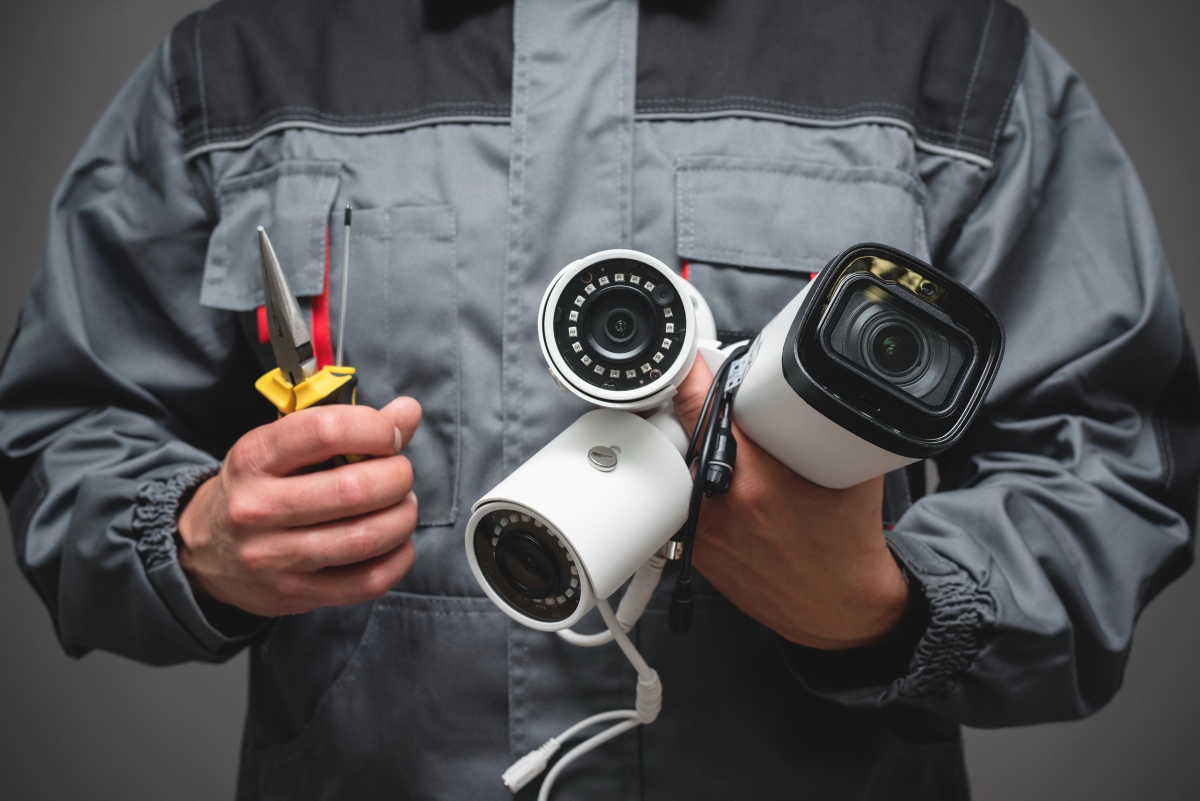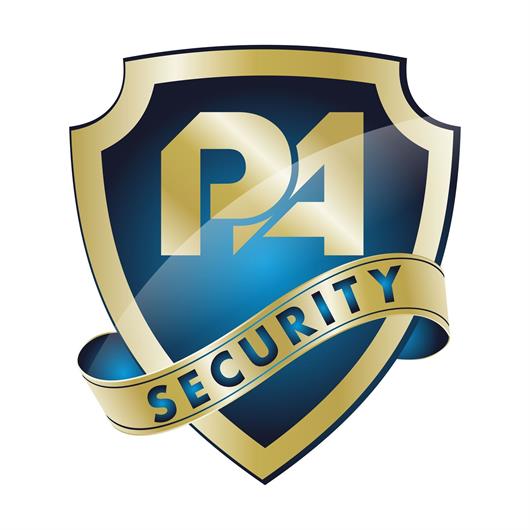 Add My Company
Add My Company
Install A CCTV Camera For Your Business

When security is so crucial to all businesses, installing Closed-Circuit Television (CCTV) cameras has become essential in protecting buildings, assets, and employees while providing peace of mind for business owners. CCTV systems not only act as a valuable deterrent to potential criminals but can also provide official evidence of any incidents of theft or vandalism. In this comprehensive guide, we’ll take you through choosing the right CCTV security cameras for your business and how to install them, ensuring you can make informed decisions on enhancing your business security.
Assessing your business needs
Before getting into the technicalities surrounding CCTV installation, assessing your business and its security camera system needs is important. You’ll identify any potential security vulnerabilities and risks by evaluating your building thoroughly.
This process will help determine the strategic placement of multiple cameras, ensuring good coverage of critical areas. Defining your overall surveillance goals is vital, and CCTV cameras should always align with your business objectives, whether theft prevention, employee safety, or monitoring day-to-day operations.
Choosing the right CCTV equipment
Choosing the most appropriate CCTV equipment is essential for an effective surveillance system. Firstly, consider the different types of cameras available that are suitable for your business and have the capability to do what you want to achieve:
Dome cameras – Their compact design is ideal for indoor surveillance, blending in with the surroundings.
Bullet cameras – Small, cylindrical, and more conspicuous, suitable for outdoor use with a more extended range of viewing capabilities.
Pan-Tilt-Zoom cameras – PTZ cameras (as they’re known) have the ability for the camera’s movement and focus to be controlled remotely for surveillance of wider areas.
Infrared cameras – Using infrared technology, IR cameras capture clear images in low-light or dark conditions, enhancing nighttime visibility.
Fisheye cameras – Giving a panoramic view to minimise blind spots and provide comprehensive coverage.
But don’t forget additional equipment such as a Digital Video Recorder (DVR) or Network Video Recorder (NVR), video and power cables, and a suitable power supply. A well-thought-out choice of equipment ensures your CCTV system is customised to meet your specific security needs.
Planning your camera layout
Effective camera placement is the key to comprehensive surveillance coverage in your building. To make your CCTV camera system as effective as possible, understand what type of activity you want to monitor and where.
Map out each security camera location based on your risk assessment, taking into account any field-of-view considerations. Decide whether visible or concealed cameras will suit your objectives best. Visible cameras will act as a deterrent, while concealed ones can offer discreet monitoring.
Finally, plan the route for your cables that will run from your CCTV cameras to your network video recorders. Consider any exposure to adverse temperatures as well as any interference. Ensure wired cameras have access to a power outlet or can be hooked into your network using an ethernet cable if using an IP camera unless you’re using wireless cameras.
Installation tools and materials
Before you start installing a CCTV security camera, make sure you gather all the necessary tools and materials you’ll need for the job. Your materials will include having the correct number of cameras themselves, your DVR to capture and store your surveillance footage, and your cables, wiring, power sources, and mounting equipment to ensure the installation area is secure and accessible.
But, having the right tools available and on hand is essential to a smooth and effective installation process. Depending on your set-up and installation preferences, common tools for this type of project can include a drill, screwdrivers, pliers, a hammer and, of course, a ladder to achieve the best vantage point for your security cameras.
Always use essential PPE, including safety gloves, goggles, hard hat, and boots.
Mounting and positioning the cameras
The proper positioning and angle of your CCTV set-up are vital for effective surveillance and the optimal performance of each security camera. Your building assessment will have identified the best locations to cover vulnerable areas.
Once you’ve looked into the best mounting techniques for different surfaces, such as walls, ceilings, or poles, you’ll need to mount cameras at the optimal height for maximum coverage and minimal blind spots while ensuring a clear line of sight.
Adjusting the angle of the camera will help to eliminate glare or obstructions, while fine-tuning focus and lens settings will give you sharp images and enhanced video quality. Consider all internal and external factors like lighting conditions and potential tampering when positioning cameras. Following these tips will ensure your CCTV system captures critical footage with precision.
Wiring and cable management
If you’re not installing a wireless security camera, efficient management of all your cables is essential when you install CCTV. Run your video cable and power cable discreetly, concealing behind plasterboard walls if you can, to deter tampering and enhance aesthetics.
When connecting to your DVR/NVR, prioritise neatness to simplify any future maintenance and network cable handling. When installing CCTV, secure any cables properly to prevent accidental disconnection or damage. You should also give your power supply consideration, exploring backup options to give you continuous surveillance if you suffer a power cut.
Well-organised wiring and cable management not only ensures system reliability but also helps with easier troubleshooting and maintenance when it’s needed.
Connecting to a recording device
Configuring your DVR/NVR system and security camera setup is the final step in setting up a functional CCTV system. When you have all the necessary kit, power off both the CCTV security cameras and the DVR/NVR unit before connecting any cables to ensure safety during installation. Then follow these simple step-by-step instructions to ensure a smooth and effective connection:
- Connect BNC video cables by attaching them to the camera outputs and then connecting the other end to the corresponding BNC inputs on the DVR/NVR.
- Connect the power cord from the cameras and the DVR/NVR to the power source. If you need a network connection for IP cameras, use an ethernet cable to connect the DVR/NVR to the router or network hub.
- Switch power on for your cameras and the DVR/NVR and configure the settings and preferences.
- Test the system to verify the camera feeds on the DVR/NVR monitor and, if applicable, test remote access through a computer or mobile device for remote viewing.
By following these instructions, you’ll establish a reliable connection between your CCTV cameras and the DVR/NVR recording device, giving you a solid foundation for secure, effective, and reliable surveillance. Always check any user manual and follow the manufacturer’s instructions thoroughly when setting up any new equipment.
For more information on Install A CCTV Camera For Your Business talk to Professional Alert Security Ltd
